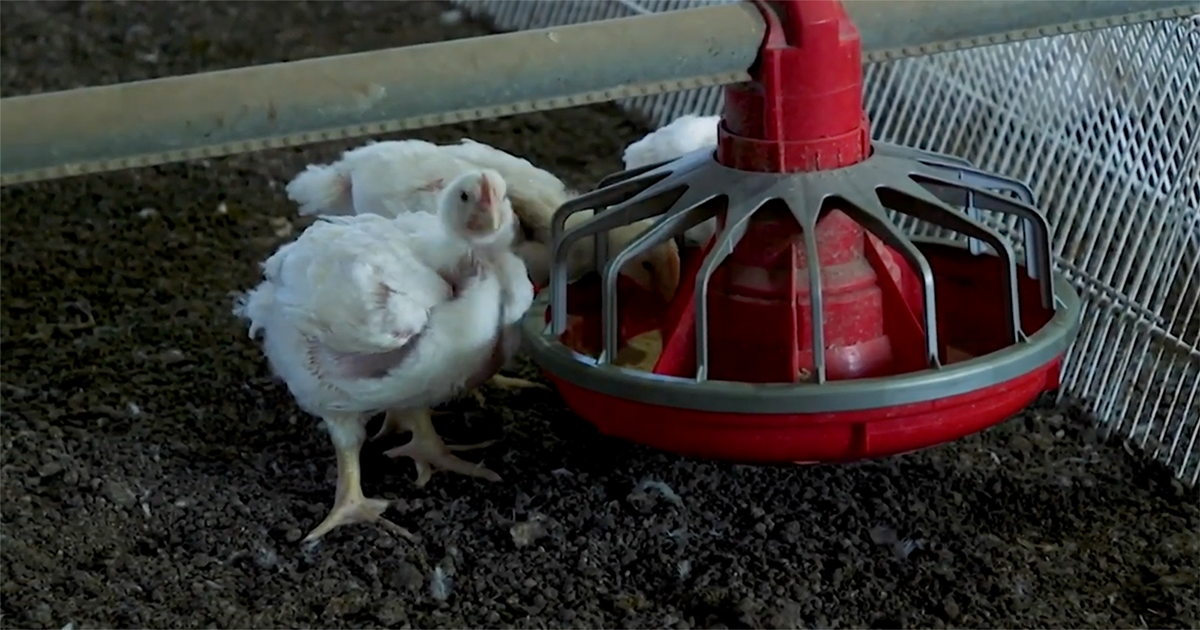Gainesville, GA |
Poultry production is big business here in Georgia, accounting for more than a quarter of the state’s agricultural income. So, when a threat like the avian influenza finds its way into commercial production here in the state, industry experts, government officials and most importantly farmers all work together in addressing the problem quickly.
“I believe they have a really high level of awareness of the role that they play in preventing the disease, the virus from entering the farm. I think there’s a high level of concern, but it’s grounded in a lot of education and outreach that’s been going on for many years,” says Mike Giles, President of the Georgia Poultry Federation.
“It’s a big concern for the poultry industry. It affects our exports. It affects our markets. So, we want to make sure that we stamp it out as soon as possible. So, along with the Georgia Department of Ag and USDA, we, we have a very strong team to do this quickly,” says Dr. Louise Dufour-Zavala, Executive Director of the Georgia Poultry Lab.
After the infected flock has been depopulated by the State Agricultural Response Team, the priority then shifts to preventing the virus from spreading to surrounding operations. That’s where the Georgia Poultry Lab gets cranked up, testing thousands of birds in the area.
“What we have to do is make sure that the virus has not spread to a ten kilometer or about six-mile radius around that farm or beyond. So, the response includes surveillance of all those farms. So, we have to test twenty-two birds per house for all of those dozens and dozens of farms that are around that infected premise,” says Dufour-Zavala.
While this outbreak can be contained in the short term, it is a major concern that might stretch into the future.
“It’s in wildlife. So, it’s not like we can stop it very quickly because the source of the virus is in the wild bird and the migratory waterfowl, etc. So, it’s hard to tell exactly when we’re going to get out this because the viruses have their life cycles through wildlife. So, it’s very difficult to tell when we’re out of it. So, I think we’ll always have to be vigilant and be looking for it basically,” says Dufour-Zavala.
Consumers are certainly feeling the effects of this most recent bout with avian influenza, as egg prices have soared to more than four dollars per dozen.
“Late October of 2024, in our nation, we’ve lost between thirty to forty million hens that are producing eggs that we eat. So, just to give you some context on that, when our nation’s flock is, fully supplied or stocked to meet the demand, we can be around three hundred and twenty million hens. So, that’s a very significant reduction in the supply,” says Giles.
While the prices for these items might be alarming, their safety shouldn’t be as each product goes through rigorous testing before heading to market.
“We test a lot of chickens. We test all of the flocks anyways, even when we don’t have avian influenza around. We test every single flock before they go to market. Then, if we find it, we stamp it out. So, no, there is no danger of this getting into the food supply at all,” says Dufour-Zavala.
By: Damon Jones

